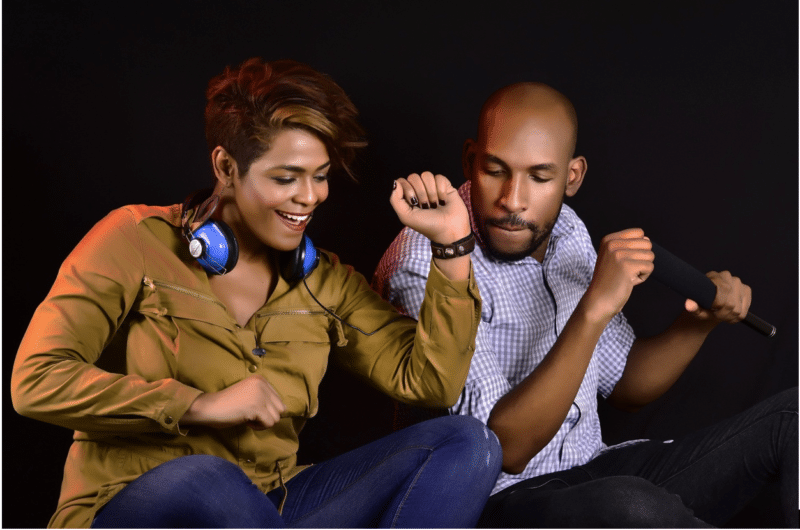As a professional coach, I often use metaphors to help a client visualize or name what challenges or opportunities they face.
By way of explanation, consider this: When I attend a jazz session (my favorite American art form), I can sometimes find myself honing in on a particular musician, even before they take the musical lead. I might feel invited to listen to a bluesy tenor saxophone, or close my eyes and feel the beat of the drums. After the set, I might mention to others what I heard and how it struck me. I am often pleasantly surprised to learn that the individuals with whom I attended the session might have heard something dramatically different. One person might tell me that the bass player “slayed it,” while another might say that the entire “vibe” came together so well that it was hard to identify one musician’s work.
The same goes for our visual experience. Like with music, I can also recall standing in front of a piece of art, probably standing next to people I know well. As we collectively ponder the meaning of the art and what we “see,” it is remarkable just how many perspectives are experienced. I might note the vibrancy of the colors while one friend notices the use of shading and the other friend the tiny brush strokes that created a painting. And in fact, others might not focus on the visual experience, but on the human energy which emerged for them!
Each individual has their own “reality” which involves all five senses and more. In music or art, an appreciation of multiple realities, like my thought about the saxophone player versus another person’s perception of the bass player, can enhance and enrich the tapestry of our own experience. Especially when we share those realities with others – and when we can then create, even for a moment, a “shared reality” with another individual it is such a magical part of the human experience.
Human teams and the leadership of those with whom we work are filled with an endless number of realities. Appreciating that they exist is key. For instance, if I look at a profit and loss statement for a business, I might well focus on the top-line revenues, while another person might move their eyes straight to the bottom line. One of us can see earnings, while another is concerned about cash flow. Neither is wrong.
What we need to appreciate fully is what the other person sees and understands to create a “shared” reality to benefit both of us – and the larger team. The “brush strokes” matter but so does the “shading” – even on a corporate financial statement. That’s the only way we can “see” the whole picture.
When it comes to interpersonal characteristics and skills, it becomes increasingly difficult. Human bias and perspective let us see only specific capabilities and effectively ignore others.
The same goes for how others see us. We can never know another person’s perceptions and feelings about us until we ask. If we are truly interested in their journey, they may well become interested in ours. And then the joining of two or more can come together to create a shared experience – and a shared journey – and the magic it contains.
Think about the questions “Do you hear what I hear?” and “Do you see what I see?” the next time you meet with your colleagues at the office (or you’re sitting next to a coach who loves jazz). I invite you to be open to learning and sharing – it will enrich the experience and you’ll be better for it!
Dave Bushy of Boston Executive Coaches is an ICF-certified coach who was trained at the Gestalt International Study Center (GISC). He is a former U.S. Army officer and senior airline executive who works with leaders throughout American industry.

